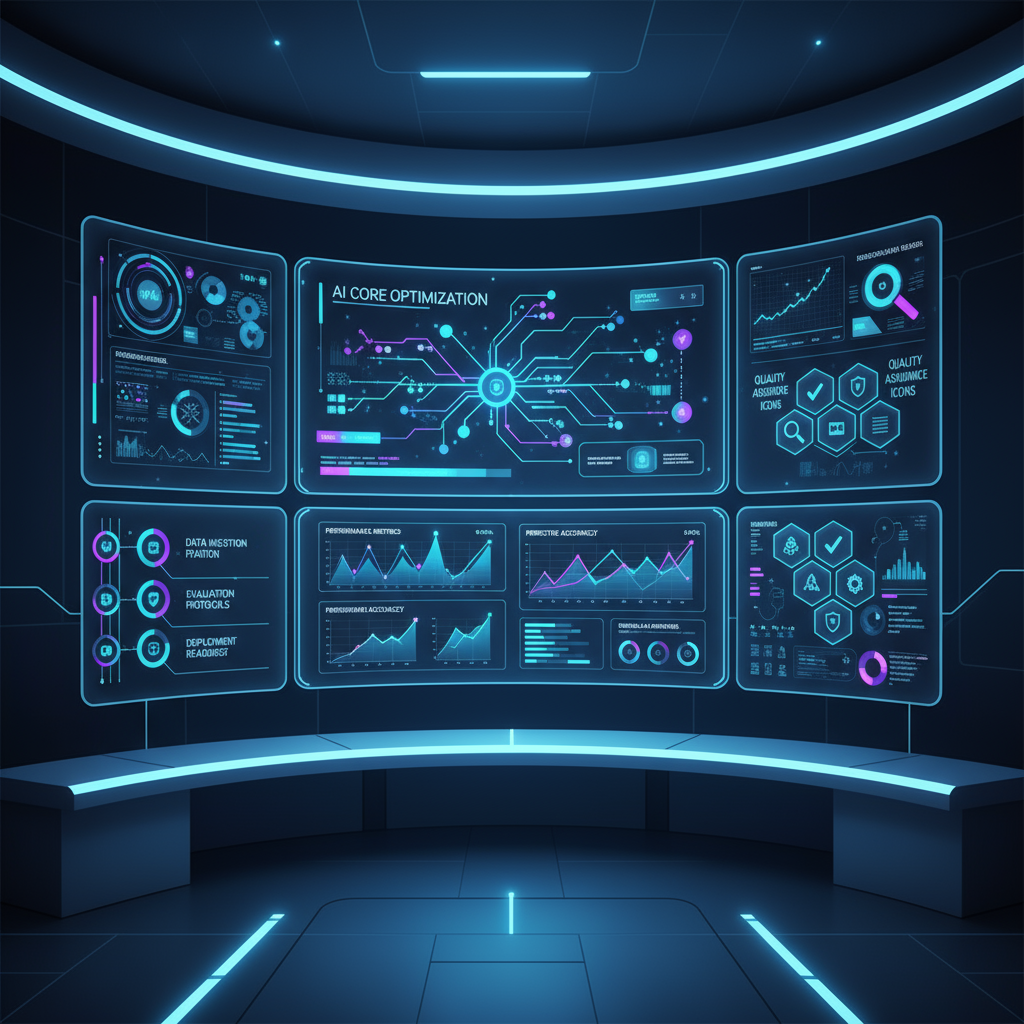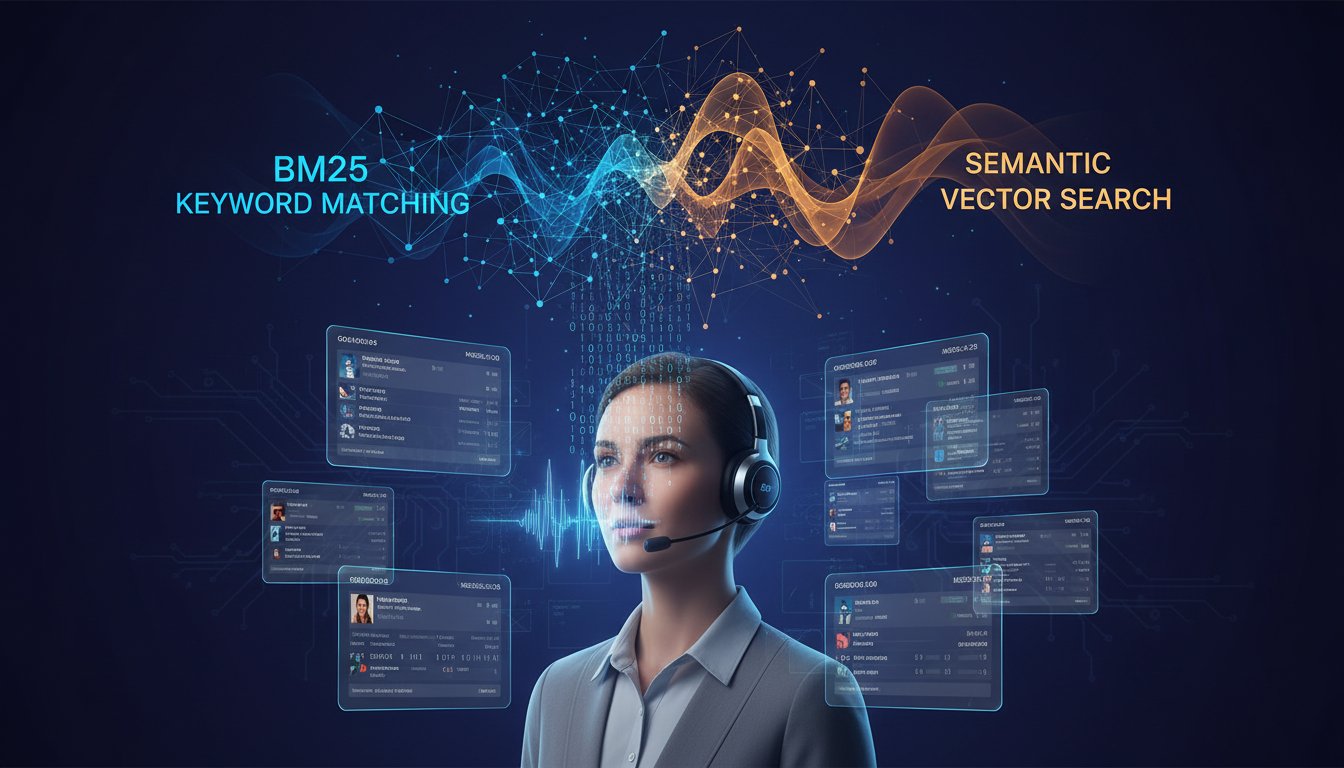Your RAG system just went live. Users are asking questions, the AI is responding, and everything seems fine. But beneath the surface, a critical question haunts every AI engineer: How do you actually know your system is working correctly?
Last month, a Fortune 500 company discovered their customer service RAG system was hallucinating product information 23% of the time. The cost? $2.3 million in incorrect customer promises and a damaged brand reputation. The problem wasn’t their model choice or data quality—it was the complete absence of systematic evaluation.
This scenario plays out daily across enterprises rushing to deploy AI without proper testing frameworks. Traditional software testing approaches fall short when dealing with the probabilistic nature of large language models. You need specialized evaluation tools designed for the unique challenges of AI systems.
In this deep dive, we’ll explore the enterprise-grade evaluation frameworks that are revolutionizing how organizations test, monitor, and optimize their LLM deployments. You’ll discover why tools like DeepEval and RAGAS have become essential infrastructure, learn the critical metrics that matter for enterprise RAG systems, and walk away with a practical implementation roadmap.
Why Traditional Testing Fails for LLM Systems
Large language models present unique challenges that break conventional testing paradigms. Unlike deterministic software where the same input always produces the same output, LLMs generate probabilistic responses that vary across runs.
Consider a typical enterprise RAG system answering customer queries. Traditional unit tests might verify that a function returns a specific string, but how do you test whether an AI’s response is “good enough”? The answer lies in specialized evaluation metrics designed for AI systems.
The Silent Failure Problem
LLMs fail silently. A traditional application crashes or throws an error when something goes wrong. An LLM generates plausible-sounding but incorrect responses, making failure detection exponentially more difficult.
Recent analysis shows that enterprise RAG systems experience three primary failure modes:
– Hallucination: The model generates factually incorrect information (average rate: 15-25%)
– Context Drift: Responses ignore retrieved context in favor of training data (12-18%)
– Retrieval Mismatch: The system retrieves irrelevant documents for queries (8-15%)
These failures compound in production environments, where bad outputs can trigger cascading errors across business processes.
The Scale Challenge
Enterprise LLM deployments handle thousands of queries daily. Manual evaluation becomes impossible at this scale. Organizations need automated evaluation frameworks that can assess model performance continuously without human intervention.
The Enterprise LLM Evaluation Landscape
The evaluation tool ecosystem has matured rapidly, with distinct categories emerging to address different enterprise needs.
Open-Source Frameworks Leading Innovation
DeepEval has emerged as the pytest equivalent for LLMs. This open-source framework offers over 40 research-backed metrics and integrates seamlessly into CI/CD pipelines. What sets DeepEval apart is its enterprise-focused approach to evaluation.
Key capabilities include:
– Unit-test style evaluation that fits existing developer workflows
– Custom metric creation for domain-specific evaluation needs
– Adversarial testing to probe model vulnerabilities
– Multi-turn conversation evaluation for complex interactions
DeepEval’s G-Eval metric uses LLM-as-a-judge approaches, where another AI model evaluates responses based on custom criteria. This approach has shown 94% correlation with human evaluations in enterprise benchmarks.
RAGAS (Retrieval-Augmented Generation Assessment) focuses specifically on RAG system evaluation. Unlike general-purpose tools, RAGAS provides metrics designed for the unique challenges of retrieval-augmented systems.
Core RAGAS metrics include:
– Context Precision: Measures how relevant retrieved context is to the query
– Context Recall: Evaluates whether all relevant information was retrieved
– Faithfulness: Assesses whether responses are grounded in provided context
– Answer Relevancy: Determines response relevance to the original question
These metrics address the dual nature of RAG systems—both retrieval quality and generation accuracy must be evaluated.
Enterprise-Grade Commercial Solutions
LangSmith provides comprehensive evaluation within the LangChain ecosystem. For organizations already using LangChain, LangSmith offers tightly integrated debugging and evaluation capabilities.
Standout features include:
– Visual trace analysis for complex agent workflows
– Dataset versioning for reproducible evaluations
– Human-in-the-loop review processes for sensitive applications
– Real-time monitoring with alerting capabilities
TruLens focuses on enterprise observability with detailed tracing capabilities. The platform excels at providing explainable AI insights, crucial for regulated industries requiring audit trails.
Critical Metrics for Enterprise RAG Evaluation
Successful RAG evaluation requires measuring performance across multiple dimensions. Enterprise teams typically implement a metric hierarchy addressing different stakeholder concerns.
Technical Performance Metrics
Retrieval Quality
– Precision@K: Percentage of retrieved documents that are relevant
– Recall@K: Percentage of relevant documents successfully retrieved
– Mean Reciprocal Rank (MRR): Measures ranking quality of retrieved results
Generation Quality
– Faithfulness: Alignment between generated response and source context
– Completeness: Whether responses address all aspects of user queries
– Coherence: Logical flow and readability of generated text
Business Impact Metrics
User Experience
– Response time: End-to-end latency from query to answer
– User satisfaction scores: Direct feedback on response quality
– Task completion rate: Whether users achieve their goals
Risk Management
– Hallucination rate: Frequency of factually incorrect responses
– Toxicity detection: Presence of harmful or inappropriate content
– Bias measurement: Systematic unfairness across user groups
Cost Optimization Metrics
Resource Efficiency
– Token usage per query: Direct cost measurement for API-based models
– Compute resource utilization: Infrastructure cost tracking
– Human review overhead: Manual intervention requirements
Implementation Strategy for Enterprise RAG Evaluation
Building robust evaluation infrastructure requires careful planning and phased implementation.
Phase 1: Foundation Setup
Start with basic evaluation infrastructure using open-source tools. DeepEval provides an excellent entry point for teams familiar with pytest workflows.
# Example DeepEval implementation
import deepeval
from deepeval.test_case import LLMTestCase
from deepeval.metrics import FaithfulnessMetric
def test_rag_faithfulness():
test_case = LLMTestCase(
input="What is our company's return policy?",
actual_output=response_from_rag_system,
retrieval_context=retrieved_documents
)
faithfulness_metric = FaithfulnessMetric(threshold=0.8)
assert faithfulness_metric.measure(test_case)
This approach integrates evaluation directly into development workflows, catching issues before production deployment.
Phase 2: Comprehensive Metric Implementation
Expand evaluation coverage using RAGAS for specialized RAG metrics. Implement continuous evaluation pipelines that run automatically on new data.
# RAGAS evaluation example
from ragas import evaluate
from ragas.metrics import (
context_precision,
context_recall,
faithfulness,
answer_relevancy
)
result = evaluate(
dataset=evaluation_dataset,
metrics=[
context_precision,
context_recall,
faithfulness,
answer_relevancy
]
)
Phase 3: Production Monitoring
Implement real-time evaluation in production environments. Use sampling strategies to balance cost with coverage—evaluate 5-10% of production queries continuously.
Monitoring infrastructure should include:
– Automated alerting for metric degradation
– Dashboard visualization for stakeholder reporting
– Integration with incident response workflows
Phase 4: Advanced Analytics
Build custom metrics addressing specific business requirements. Enterprise organizations often need domain-specific evaluation criteria that generic tools cannot provide.
Advanced capabilities include:
– A/B testing frameworks for model comparison
– Causal analysis of performance degradation
– Predictive monitoring using historical patterns
Real-World Implementation Challenges
Enterprise RAG evaluation faces practical obstacles that require strategic solutions.
Data Privacy and Security
Evaluation often requires sending queries and responses to external services. Organizations in regulated industries must implement on-premises evaluation solutions or use privacy-preserving techniques.
Solution approaches:
– Deploy open-source tools in private cloud environments
– Use synthetic data for evaluation when real data is sensitive
– Implement differential privacy techniques for metric calculation
Cost Management
Comprehensive evaluation can become expensive, especially when using LLM-as-a-judge approaches that require API calls for each assessment.
Cost optimization strategies:
– Implement intelligent sampling to reduce evaluation volume
– Use smaller, specialized models for evaluation tasks
– Cache evaluation results for repeated assessments
Metric Alignment
Different stakeholders care about different aspects of system performance. Technical teams focus on accuracy metrics while business teams prioritize user satisfaction and cost efficiency.
Alignment techniques:
– Establish metric hierarchies that roll up to business KPIs
– Create stakeholder-specific dashboards with relevant metrics
– Implement regular review cycles to adjust metric priorities
The Future of LLM Evaluation
Evaluation frameworks continue evolving to address emerging enterprise needs.
Agentic AI Evaluation
As AI systems become more autonomous, evaluation must assess multi-step reasoning and decision-making processes. Tools like TruLens are pioneering detailed trace analysis for complex agent workflows.
Multimodal System Assessment
Enterprise AI increasingly processes text, images, audio, and video. Evaluation frameworks are expanding to handle multimodal inputs and outputs, requiring new metrics and assessment techniques.
Continuous Learning Integration
Future evaluation systems will directly feed performance insights back into model training and fine-tuning processes, creating closed-loop optimization cycles.
The enterprise AI evaluation landscape is rapidly maturing, driven by the critical need for reliable, trustworthy AI systems. Organizations that invest in robust evaluation infrastructure today position themselves for sustainable AI success tomorrow.
Choosing the right evaluation framework depends on your specific requirements—technical complexity, integration needs, budget constraints, and compliance requirements. Start with open-source tools like DeepEval and RAGAS to build evaluation capabilities, then expand to commercial solutions as your needs grow.
The question isn’t whether to implement LLM evaluation—it’s how quickly you can build the infrastructure needed to deploy AI systems with confidence. Your users, stakeholders, and bottom line depend on getting this right. Ready to transform your RAG system from a black box into a transparent, measurable business asset? Start with the frameworks we’ve covered, implement the metrics that matter to your organization, and build the evaluation culture that will drive your AI success.




